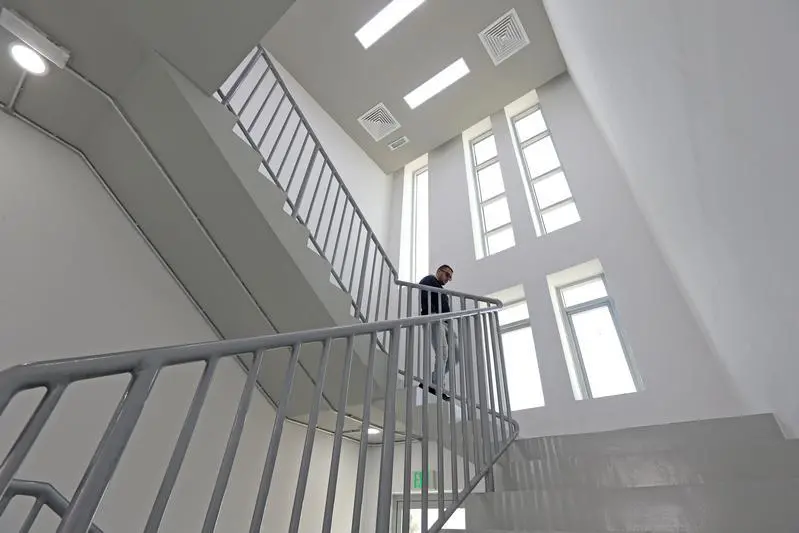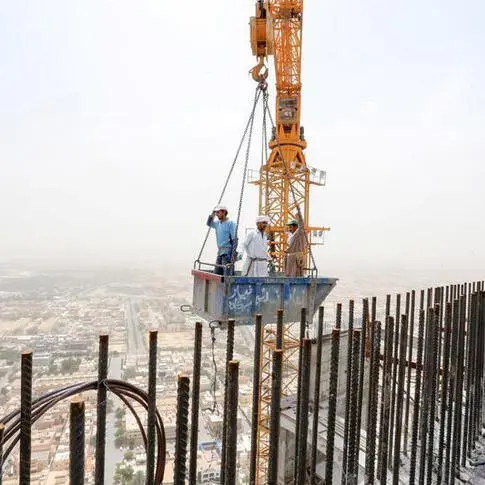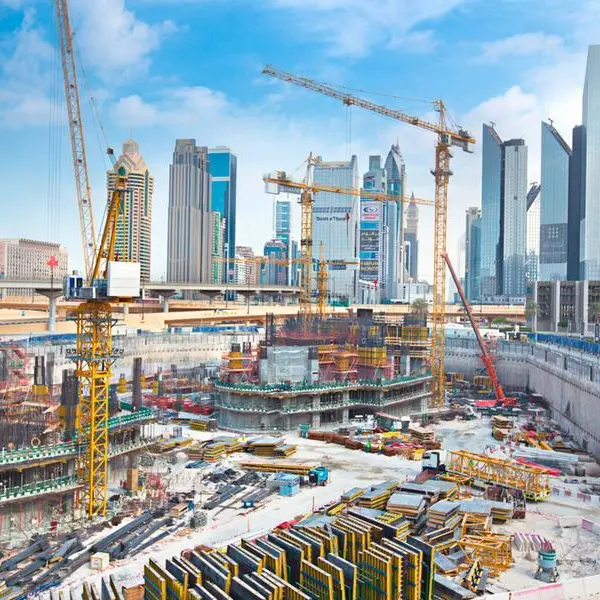PHOTO
Innotech, Oman’s first and only company operating in the 3D printing industry, is all set to build the country’s very first 3D printed building by the end of this year, the company’s CEO said.
Othman Al Mandhari told Zawya Projects in an interview that the technology has immense potential for growth in the Sultanate.
“We believe 5-10 percent of buildings in Oman can be 3D printed by 2030,” he said.
“If you construct a small house in Oman, it could take 12-18 months with conventional technology…with this technology we plan to construct a whole building in under one week. Though a bit expensive compared to conventional construction right now, as the technology develops, it can become much more affordable with time,” he said.
Innotech recently signed two agreements – one with PDO and Galfar and another with OPAZ (Public Authority for Special Economic Zones and Free Zones) to introduce 3D printing technology in building construction in Oman.
Speaking about the first project, he said: “We have signed a Memorandum of Cooperation with PDO and Galfar to develop Oman’s first 3D printed building in Ras Al Hamra for PDO. The project will be funded by PDO, which has also assigned a team of engineers to assist us. Galfar will help us develop the technology. The project is currently in the planning stage and we will start work before the end of this year.”
The Memorandum of Understanding signed with OPAZ opens opportunities for Innotech to introduce the technology first in Duqm and later in other freezones, Othman said.
“OPAZ has given us land and assigned a team of engineers to develop the design for the buildings. A specified tourist area in Duqm has been allocated for 3D printed buildings. It could be restaurants, public toilets or other buildings. We have not decided yet. We are exploring the possibilities now. Initially we will start with small buildings like 40-50 square metres and go up to 120 square metres at a later stage.”
The MoU also offers prospects for Innotech and Galfar to work together on concrete casting projects in Oman, he said.
Othman claimed that Innotech has a natural advantage in developing the technology in- house.
“For example, the US and the UK have different building codes, regulations and construction materials. They will have to do a lot of R&D in the country until the technology is ready to be used (in Oman). We have the advantage of developing the whole thing from scratch with the help of our own experts, and those from Galfar and PDO. We believe the government will support a local company that uses locally developed technology,” he said.
Expansion and funding plans
The CEO revealed that Innotech is set to launch its second round of funding for about $3.5 million to $4.2 million after securing its first round from a local private company Mubadara Investments.
“We are talking to private, public and angel investors for this round. A private investor has showed interest but no commitment yet and one venture capitalist (VC) is willing to join this round. We are also targeting investment from VCs in the Gulf,” he said.
The company is planning to procure an additional 20 printers for its workshop and supply 300 printers for educational purposes under an agreement with the Ministry of Education. It also plans to expand the team from 17 to 20 engineers by the end of the year.
“We will focus on Oman over the next 18-24 months. Once the technology is ready to go, we will start expanding in other countries. We are looking for strategic partners in the GCC to enter new markets like Saudi Arabia and the Emirates,” he said.
The startup journey
Recounting the startup’s journey over the decade, Othman says back in 2012 when he first floated the idea, people had not heard of the technology in Oman.
“We started because we wanted to manufacture some parts for one of our projects. We started with one 3D printer and now we have more than 25 3D printers and one concrete 3D printer. They are used for medical and educational purposes, and for manufacturing of spare parts, gifts, etc.
“We successfully launched an initiative with the Ministry of Higher Education under which we gave each college in Oman one 3D printer plus training, consumables and maintenance for students to use it for educational purposes. Now 17 universities in Oman have a 3D printer each. More than 40 schools have been given 3D printers and teachers were trained in the technology.”
We are working with the Ministry of Higher Education to take this technology to more users,” he said.
(Reporting by Sowmya Sundar; Editing by Anoop Menon)












